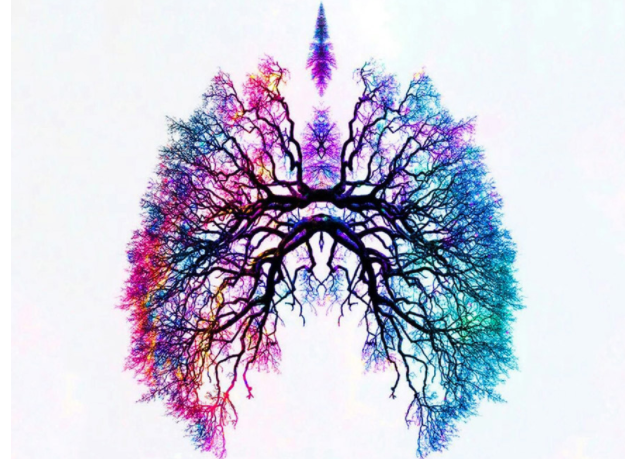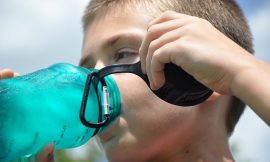Lungs are one of the vital organ in our body. The breathing process is carried out through our lungs. Our lungs capacity is measured by the total amount of air that our lungs can hold and this lungs capacity decreases slowly as we age after our mid-20s.
Some lungs conditions can affect our lungs functioning and reduce the lungs capacity and this leads to difficulty in breathing and shortness of breath.
Here are some exercises, which help to maintain and increase lung capacity, making it easier to keep your lungs healthy and get your body the oxygen it needs
1. Pursed lip breathing
Pursed lip breathing can help keep the airways open for longer, facilitating the flow of air into and out of the lungs.
To do pursed lip breathing:
- Sit up straight — good posture can help promote lung movement.
- Breathe in deeply through the nose in a slow, controlled fashion.
- Purse the lips — they should be almost touching, as when making a “kissing” face.
- Breathe out through pursed lips — ideally, the exhalation should be twice as long as the inhalation was.
Some people find it especially beneficial to focus on time, for example by breathing in for 5 seconds and breathing out for 10 seconds. It can help to keep a clock that shows the seconds nearby. For people who are not very physically active and may not be exercising their breathing muscles frequently, pursed lip breathing may have particular benefits.
2. Belly breathing
This exercise from the American Lung Association helps improve the rate at which the lungs expand and contract.
Belly breathing specifically focuses on strengthening the diaphragm muscle, which allows a person to take a deep breath.
To do the exercise:
- Rest a hand or a lightweight object on the stomach.
- Breathe in slowly through the nose, and note how far the stomach rises.
- Breathe out through the mouth.
- Breathe in through the nose, this time trying to get the stomach to rise higher than it did with the previous breath.
- Exhale, and try to make each exhalation two or three times as long as each inhalation.
- Periodically, roll the shoulders forward and backward and move the head from side to side to ensure that the exercise is not contributing to tension in the upper body.
To enhance lung function, practice belly breathing and pursed lip breathing for about 5–10 minutes every day.
3. Interval training
If breathlessness or shortness of breath arise while exercising, interval training may be a better alternative to steady exercise.
Interval training involves alternating between short periods of more strenuous and less strenuous exercise. For example, a person could try walking at a very fast pace for 1 minute, then walking more slowly for 2 minutes, in a cycle.
Similarly, a person may perform a strength training activity for 1 minute, such as bicep curls or lunges, then walk at a gentle pace for 2–3 minutes.
Interval training gives the lungs time to recover before challenging them again.
Any time that exercise causes shortness of breath, it is a good idea to slow down for a few minutes. It can help to practice pursed lip breathing until the breathlessness subsides.
Prevention is the best medicine, and working to keep your lungs healthy is much more efficient than trying to repair them after something goes wrong.





